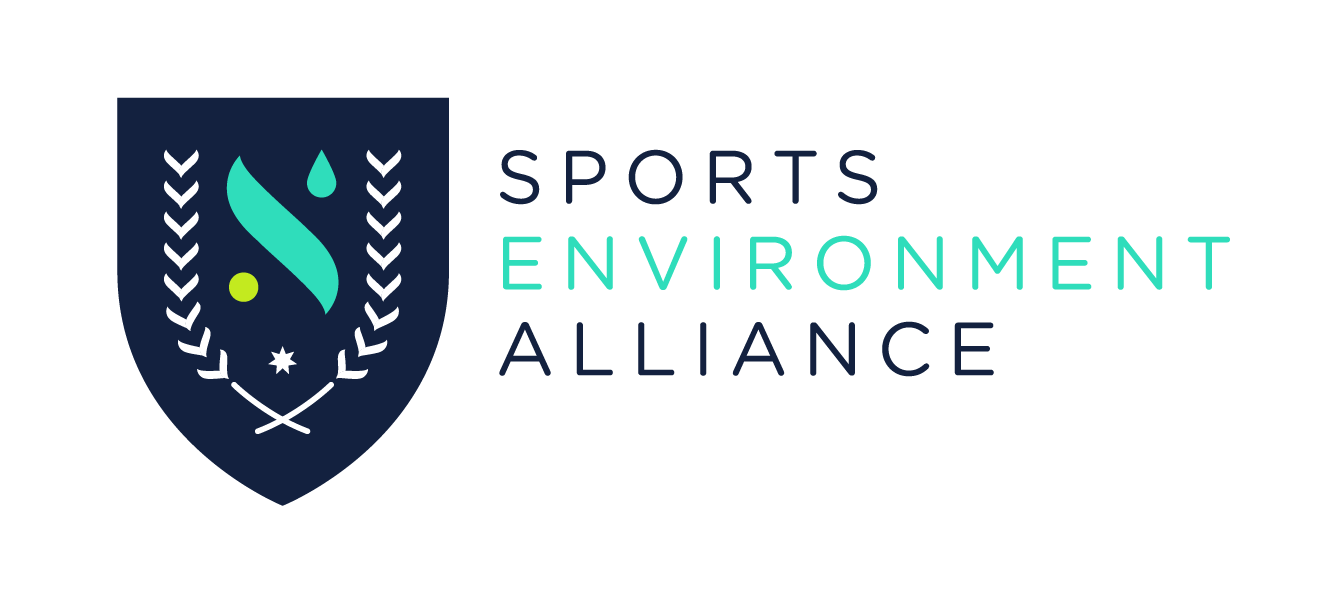How to implement a successful waste reduction, recycling and circular economy strategy
Circularity is unequivocally becoming part of the thinking for major events and facilities. Whether it's switching to reusable plates and utensils to creating compost from food waste, it is important to identify opportunities for circularity. Collaboration between suppliers and end-users is crucial. To invoke change, waste needs to be thought of as a commodity or potential revenue stream, which would make circularity more financially attractive.
Next in the Sports Environment Alliance’s Beyond the Summit webinar series was “Implementing a successful waste reduction, recycling and circular economy strategy”
During this session, Dr Josephine Regel, Associate Director Sustainability and Circular Economy from Dartmouth Consulting explained why the collaboration between suppliers and end-users is crucial. She also discussed ways in which waste can be thought of as a commodity or potential revenue stream, thus making circularity more financially attractive.
Below is a link to Josephine’s key take-aways:
Next we heard from Michael Kenny, Senior Manager Events & Workforce at Flemington Racecourse and Victoria Racing Club. Michael shared his first hand experiences about the waste challenges that he faced at the Melbourne Cup Carnival 2023, and the key decisions that were made to reduce waste as part of adopting a circular economy approach.
Below is a link to Michael’s presentation:
Lastly, Kate Harding, Sustainability Lead at Stadiums Queensland discussed how they have introduced waste reduction and recycling into their venues strategy as well as the importance of sustainable sourcing, resource management and monitoring and measurement.
Below is a link to Kates presentation:


